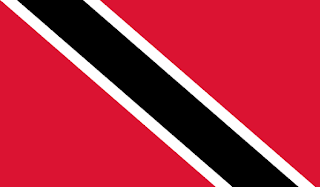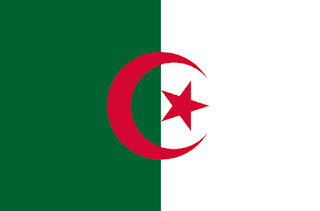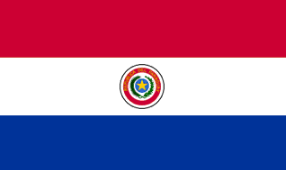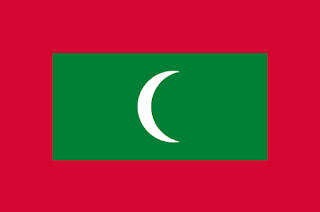FACTS ABOUT TRINIDAD AND TOBAGO
AMAZING FACTS ABOUT TRINIDAD AND TOBAGO
1.
The official name of the country is the “Republic
of Trinidad and Tobago.”
2.
Port of Spain is the capital city of
Trinidad and Tobago.
3.
The total population of Trinidad and
Tobago is 1,353,895.
4.
The natives of Trinidad and Tobago are
called Trinidadians.
5.
The Trinidad and Tobago dollar (TTD) is
official currency of Trinidad and Tobago.
6.
The official language is English.
7.
Trinidad and Tobago is a dual-island
Caribbean nation with distinctive Creole traditions and cuisines.
8.
Port of Spain, on the northwest coast of
Trinidad island, is the capital city of Trinidad and Tobago. A bustling and
friendly city, Port of Spain is the hub for the Trinidad’s famous carnival.
9.
Trinidad is mainly flat and rolling,
with mountains in the north. Tobago is mountainous and heavily forested with
hardwood trees.
10.
“El Cerro del Aripo”,
at 940 meters (3,084 feet) above sea level, is the highest point in the
Republic of Trinidad and Tobago.
11.
Trinidad and Tobago have a coastline
length of 362 kilometers (225 miles).
12.
Tobago has more than its fair share of
idyllic Caribbean beaches and clear blue waters. Trinidad which is better known
for cultural richness and nature activities has many beautiful coves to offer.
13.
Pigeon Point with its picturesque
boardwalk which leads directly into the sea is often considered Tobago’s most
beautiful beach.
14.
The world’s largest piece of brain coral
can be found at the popular diving and snorkeling spot Speyside.
15.
The Pitch Lake is the largest natural
deposit of asphalt in the world, located in southwest Trinidad.
16.
Pitch Lake is a tourist attraction that
attracts about 20,000 visitors annually.
17.
The Main Ridge Forest Reserve is the
oldest protected rain forest in the Western hemisphere and is biodiverse. The
Main Ridge extends about two thirds of the length of Tobago. It was designated
a protected Crown reserve on 17 April 1776.
18.
Trinidad and Tobago is one of the
wealthiest and most developed nations in the Caribbean.
19.
Trinidad’s economy is strongly influenced
by the petroleum industry. Tourism and manufacturing are also important to the
local economy.
20.
The biggest and most well known festival
of the Caribbean Islands, Trinidad and Tobago Carnival is thought to have
originated in the 18th century. The event is well known for
participants’ colorful costumes and exuberant celebrations.
21.
The Limbo dance was created in Trinidad.
22.
Trinidad is the birthplace of the steel
pan. Steel Pan, the national instrument of Trinidad and Tobago is the only
acoustic musical instrument to be invented in the 20th Century.
23.
Janelle Commissiong, the first Black
Miss Universe, is a Trinidadian and was crowned in 1977.
24.
The Trinidad moruga scorpion (Capsicum
chinense) is native to the district of Moruga in Trinidad and Tobago. On
February 13, 2012, New Mexico State University’s Chile Pepper Institute
identified the Trinidad moruga scorpion as the hottest chili in the world.
25.
The novels “Robinson Crusoe” and
“Treasure Island” were based on these islands, and the movie “Swiss Family
Robinson” was filmed here.
26.
Trinidad and Tobago Exports:
petroleum and petroleum products, liquefied natural gas (LNG), methanol,
ammonia, urea, steel products, beverages, cereal and cereal products, sugar,
Cocoa, coffee, citrus fruit, vegetables and flowers.
27.
Trinidad and Tobago Imports:
mineral fuels, lubricants, machinery, transportation equipment, manufactured
goods, food, chemicals and livestock.
28.
The internet country code for Trinidad
and Tobago is .tt.





Comments
Post a Comment